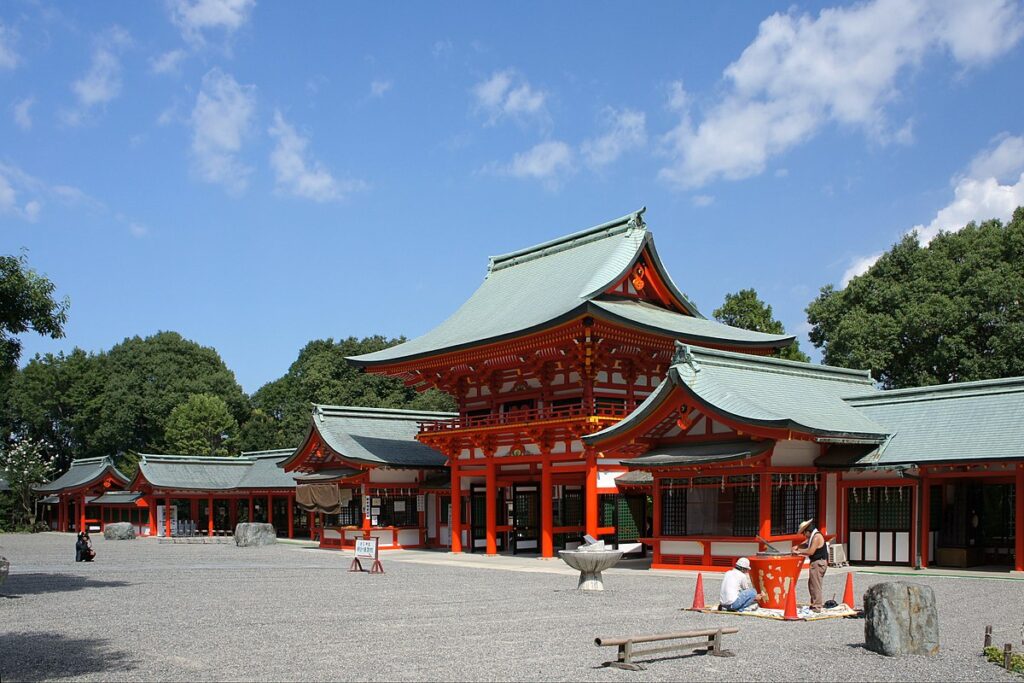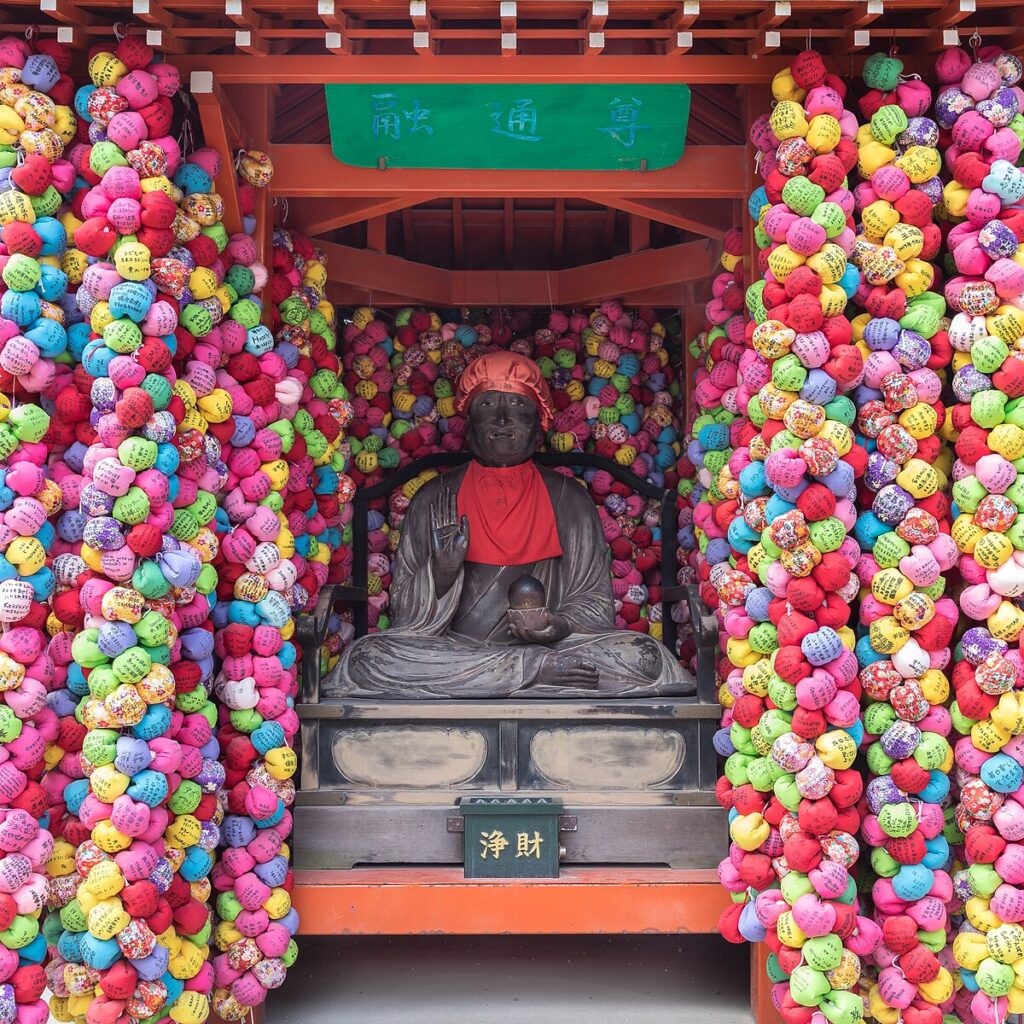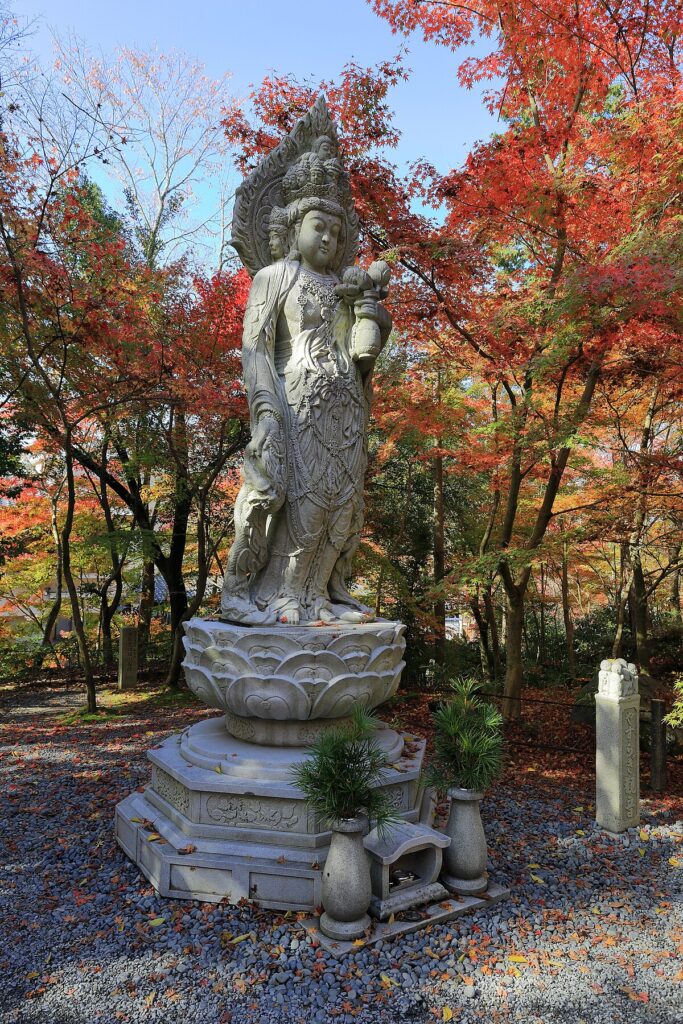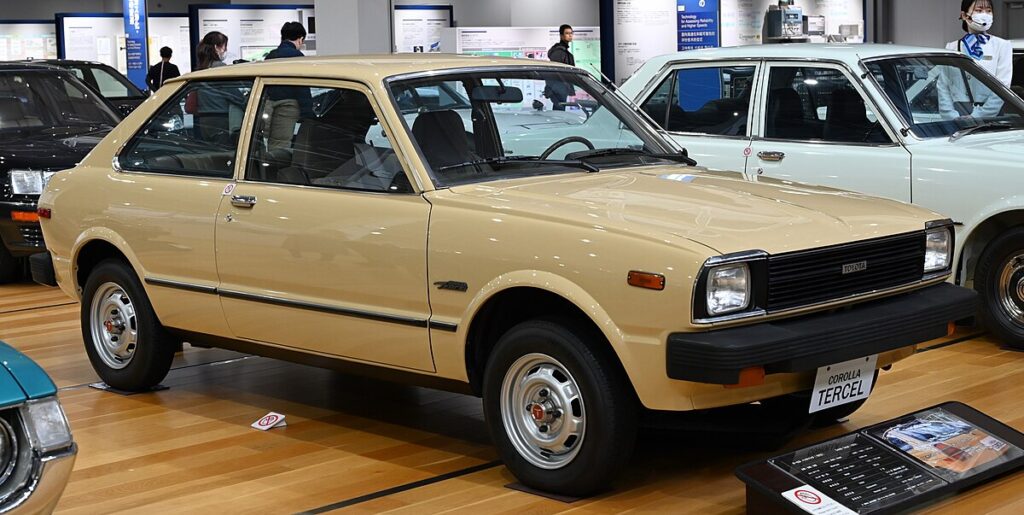Tourist attractions--archive--
-

Hirakubozaki (Ishigaki City, Okinawa Prefecture)
Overview (History, Features, and Attractions) Cape Hirakubo is a cape located at the tip of the Hirakubo Peninsula in Ishigaki City, Okinawa Prefecture, and is known for the presence of the Hirakubo Lighthouse. Located near the northern tip of the island, it is a great viewing spot offering a panoramic view of the surrounding coral reefs and blue ocean. Since ancient times, it has been a popular fishing spot... -

Mount Yufu (Yufu City, Oita Prefecture)
Overview (History, Features, and Attractions) Mount Yufu is a 1,584-meter-high mountain towering over Yufu City, Oita Prefecture, and is one of the most beautiful peaks in the Bungo region. Also known as "Bungo Fuji" due to its beautiful, nearly conical shape, it has long been beloved for its commanding view of the Yufuin Basin and Beppu Bay. -

Omi Shrine (Otsu City, Shiga Prefecture)
Overview (History, Features, and Attractions) Omi Shrine is a shrine located in Otsu City, Shiga Prefecture, and is notable for its main deity, the ancient emperor Tenchi (who is enshrined here). Emperor Tenchi is known for his connections to Japanese calendars and poetry, and as such, he is well known for his involvement in waka poetry, Hyakunin Isshu, and karuta... -

Takahatafudo Temple (Hino City, Tokyo)
Overview (History, Features, and Attractions) Takahatafudo-son (Kongo-ji Temple) is an ancient temple in Hino City, Tokyo. It is a Shingon Buddhist temple whose principal deity is Acala. According to temple legend, it was founded in the Heian period and has continued to attract the faith of common people since the Edo period. The grounds are spacious, with traditional temple architecture and seasonal... -

Eikando (Sakyo Ward, Kyoto City, Kyoto Prefecture)
Overview (History, Features, and Attractions) Eikando (Zenrinji, commonly known as Eikando) is a famous temple located in the Higashiyama area of Sakyo Ward, Kyoto City. Its founding is said to date back to the Heian period, and many temple buildings and Buddhist statues were added after the Kamakura and Muromachi periods. Its official name is "Zenrinji," but it was originally called "Eikando" by its chief priest, Eikando. -

Mount Homan (Dazaifu City, Fukuoka Prefecture)
Overview (History, Features, and Attractions) Mount Homan is a mountain with an elevation of approximately 829 meters located on the border between Dazaifu City and Chikushino City in Fukuoka Prefecture. It has long been known as a place of mountain worship and Shugendo, and a small shrine and other historical sites related to faith remain on the summit. It is easily accessible from downtown Fukuoka... -

Sunosaki Lighthouse (Tateyama City, Chiba Prefecture)
Sunosaki Lighthouse (Tateyama City, Chiba Prefecture) Overview (History, Features, and Attractions) Sunosaki Lighthouse is a white lighthouse standing along the coast of Tateyama City, Chiba Prefecture, and is a landmark that watches over navigation in the direction of Tateyama Bay and Tokyo Bay. Built to ensure the safety of coastal shipping routes, the lighthouse, along with the surrounding cliffs and coastline, creates a beautiful seascape... -

Hokokuji Temple (Kamakura City, Kanagawa Prefecture).
Overview (History, Features, and Attractions) Hokokuji Temple is a Rinzai Zen temple located in Kamakura City, Kanagawa Prefecture. It is a charming temple nestled quietly in the mountain village of Kamakura. Its founding is said to date back to the end of the Kamakura period to the Nanboku-cho period (around the 14th century), and it has had deep ties with the samurai and local community of Kamakura. -

Miharu Takizakura (Miharu Town, Tamura District, Fukushima Prefecture)
Miharu Takizakura (Miharu Town, Tamura District, Fukushima Prefecture) Overview (History, Features, and Attractions) Miharu Takizakura is a solitary cherry tree that represents Miharu Town, Tamura District, Fukushima Prefecture. It is a large weeping cherry tree of the Edohigan variety, characterized by its branches that hang down like a waterfall. The tree is said to be about 1,000 years old and has long been a beloved symbol of the region... -

Toyota Commemorative Museum of Industry and Technology (Nishi-ku, Nagoya, Aichi Prefecture)
Overview (History, Features, and Attractions) The Toyota Commemorative Museum of Industry and Technology is a museum of industrial technology established by the Toyota Motor Group. It systematically presents the technological history of Toyota, from its roots in textile machinery manufacturing to automobile development. The factory was originally a manufacturer of Toyota Automatic Looms (textile machinery).





